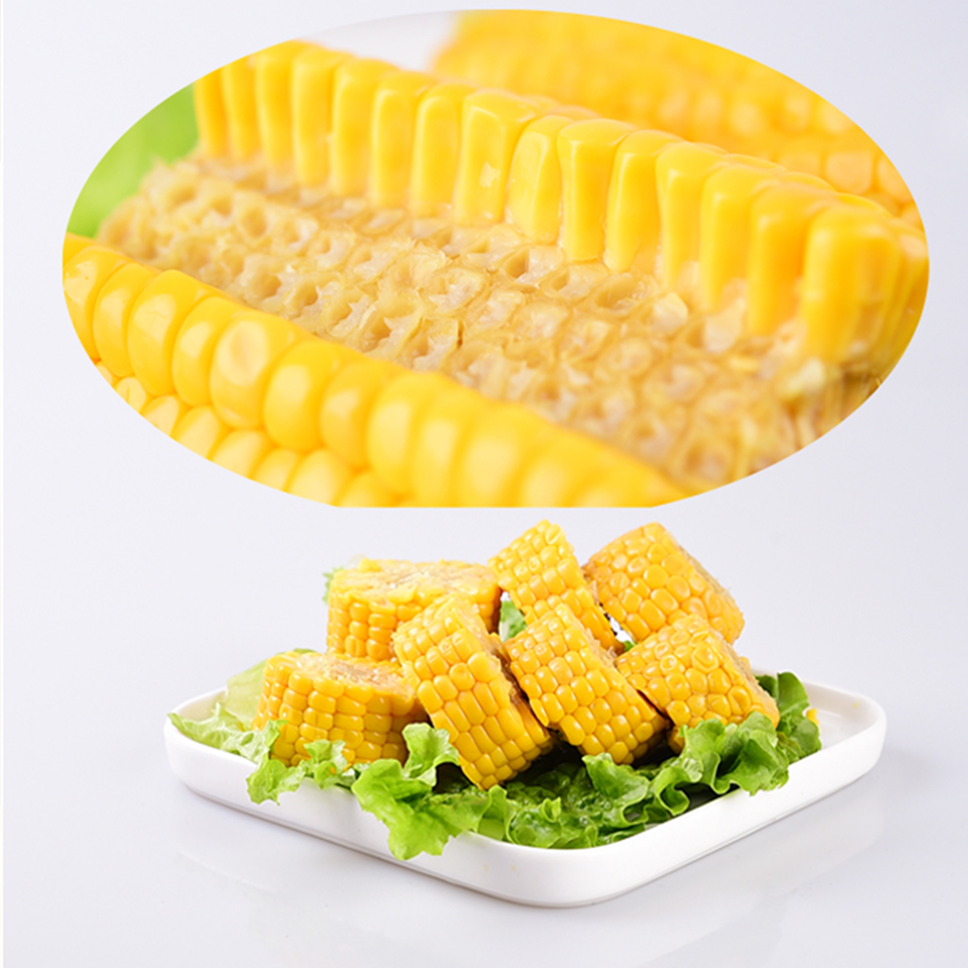The reasons for the winter wheat seedlings are mainly in the following aspects.
First, physiological death. Under normal conditions, wheat can withstand temperatures as low as minus 15°C during the winter, and is not affected by freezing. However, the overgrowth or too weak wheat seedlings, because of the low sugar content at the tillering festival, the resistance is weak, even if the temperature is below -15 °C, the phenomenon of dead seedlings often occurs, especially in the event of severe temperature changes, freezing killed. The seedling phenomenon is even more serious.
Second, dry and hungry. As the topsoil melts in early spring, the lower layer still freezes, and the leaves begin to evaporate, while the roots cannot absorb nutrients and moisture, causing dryness or hunger, and in severe cases, the plants will die.
Third, suffocation died. In general, pouring winter water is too late or pouring green water prematurely, and when the amount of water is high, the ground will form ice shells. Because wheat seedlings lack oxygen, they will die due to suffocation.
Fourth, drought died. Mostly due to extensive site preparation, too shallow sowing, poor lyrical condition and weak root system, the wheat seedlings are not strong enough to grow. The tillering festival is in dry soil. In the case of soil freezing, the roots are not easy to absorb water, and there is still transpiration in the shoots, making the wheat seedlings. It is difficult to maintain the body's water balance and it is easy to die.
Five, Ling lift, Ling cut. The seedlings are weak, the soil moisture is high, the lower layer is frozen, and the volume expands. The iced soil layer lifts the soil and the root together, and the root is broken and died. Some of them did not die. The birthing section was exposed on the ground, secondary roots could not occur, and the plants wobbled. If they did not cultivate soil in time, they would die in the spring.
Six, alkali damage, diseases, wind damage can also cause the death of wheat seedlings.
Prevention and control measures: fine soil preparation in autumn, increasing fertilization materials, selecting resistant varieties, planting sufficient seeds, cultivating strong seedlings, and timely winter irrigation. According to the situation of lyrics and seedlings, measures such as scratching, repression, and covering the earth and miscellaneous fertilizers were adopted to enhance the resistance of wheat seedlings to damage.
Single Packed Sweet Corn Cob
Sweet corn. The light green outer leaves of sweet corn are yellow grains, but also purple and yellow. The grains are small and round, the skin is thin and soft, tender, sweet and delicious.Contains carotene, zeaxanthin, with the effect of eye protection.
Sweet corn is most often boiled into soups. It is a favorite soup for children and adults, whether it is made into a clear corn soup with ribs or pureed with cream.
Corn is also a good choice for consumption during weight loss because of its high available energy. The metabolic energy of corn is 14.06 MJ/kg, with the highest being 15.06 MJ/kg, the highest of the cereal feeds. This is mainly due to the fact that there is very little crude fibre in corn, only 2%, while the nitrogen-free leachate is up to 72% and the digestibility is up to 90%; on the one hand, corn has a high crude fat content, between 3.5% and 4.5%.
So how do you cook a sweet corn?
1. Leave the leaves
If you strip the leaves off, the corn will lose nutrients and flavor when it cooks, so it's best to leave two thin leaves to make it easier to cook and have a nice aroma.
2. Soak
Soak the corn in cold water for 20 to 30 minutes before boiling, then boil it on high heat to give it a bit more chew.
3. Add salt
When the water is boiling, add a little salt to amplify the sweetness of the corn.


Corn Cob,Fresh Corn Cob,Ready Sweet Corn,Single Packed Sweet Corn Cob
Jilin Province Argricultural Sister in Law Food Co., Ltd. , https://www.nscorn.com